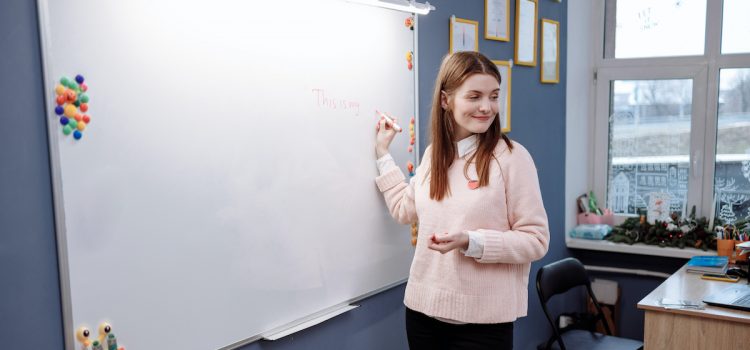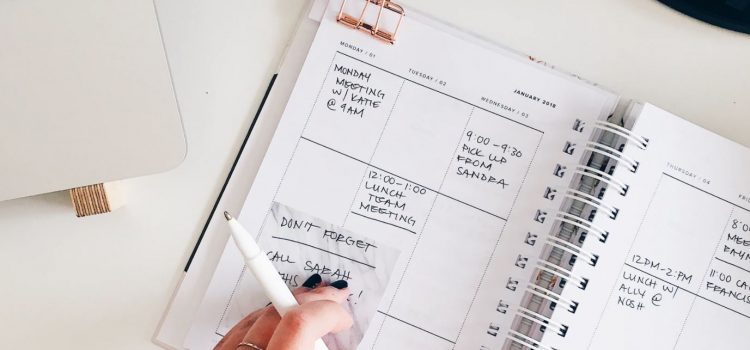Are you or your child considering college? What are your priorities? If you’re wondering how to choose a college, conventional wisdom might lead you astray. Prestigious schools might seem to be the way to go. But, not only are they outrageously expensive, they don’t necessarily provide the best education, according to William Deresiewicz. Keep reading to learn Deresiewicz’s advice, along with some tips on how to make the most of a college tour.
How to Choose a College: Prioritizing Quality Education










